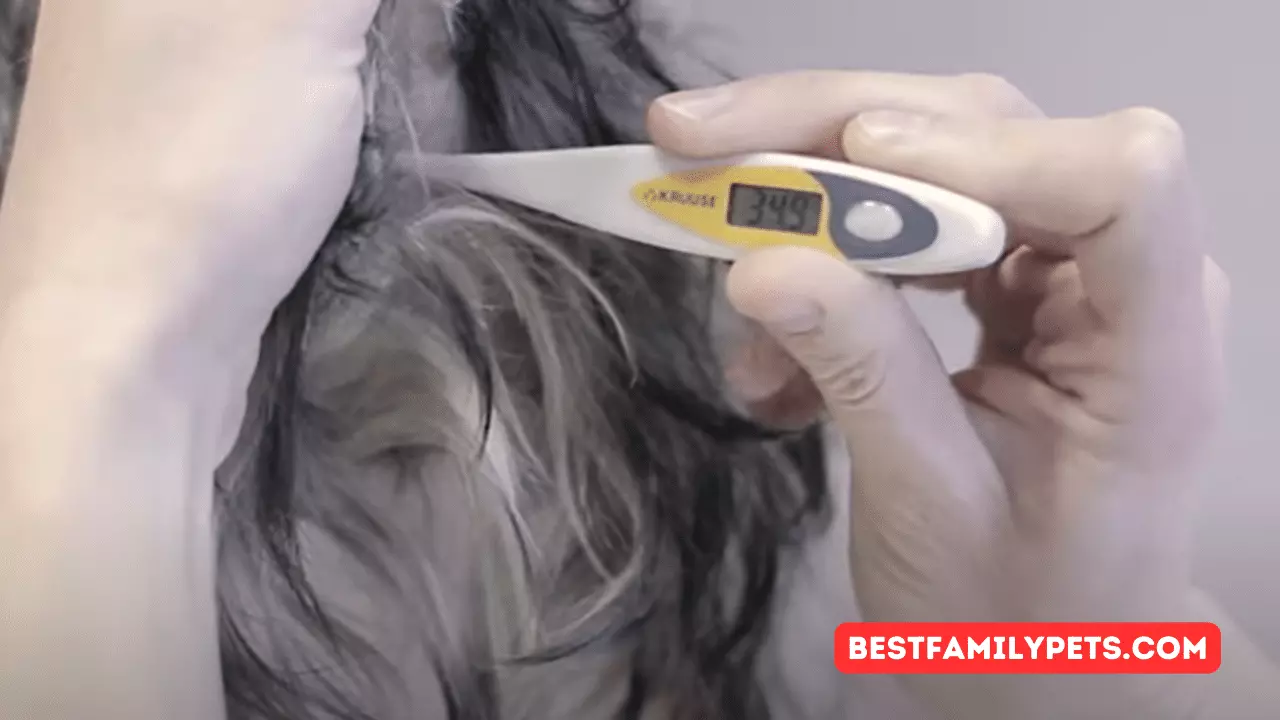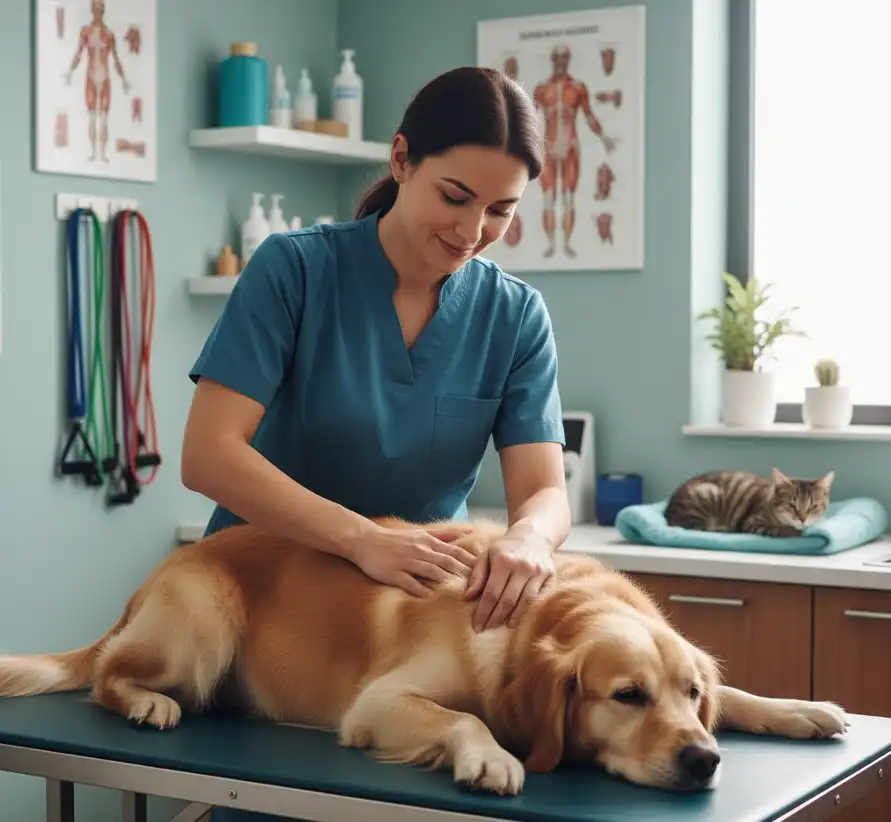Dog’s Temperature: The Only 1 Reliable Method to Measure
Stay informed about your furry friend’s health! Discover the most reliable method to measure your dog’s temperature for accurate monitoring and care.
In this blog post, we will dive into the topic of measuring a dog’s temperature, exploring the only reliable method to ensure accurate results. Taking a dog’s temperature is an essential skill for pet owners, particularly for budding vets who want to provide the best care for their furry patients. We understand that the process can sometimes be challenging, as dogs may not always cooperate or feel comfortable with the procedure. However, armed with the right knowledge and technique, you can ensure a safe and effective temperature measurement for your canine companion.
How to Take a DOG’s TEMPERATURE – Only Reliable Method
Understanding the Importance of Measuring a Dog’s Temperature
Before we delve into the reliable method of measuring a dog’s temperature, let’s first understand why it is crucial. Temperature measurement is an essential diagnostic tool used to assess a dog’s health status. Elevated or subnormal temperatures can indicate underlying medical conditions, such as infections or inflammations, and provide valuable insights for veterinarians in diagnosing and treating these issues promptly.
The Only Reliable Method: Step-by-Step Guide
Now, let’s explore the step-by-step process of measuring a dog’s temperature using the only reliable method. By following these guidelines, you can ensure accurate results and minimize discomfort for your canine friend.
Step 1: Preparation
Before beginning the temperature measurement process, it’s essential to gather the necessary supplies. You will need a reliable digital rectal thermometer designed specifically for dogs, a water-based lubricant, and disposable gloves. Additionally, ensure that both you and your dog are in a calm and comfortable environment to minimize stress.
Step 2: Ensuring Safety and Comfort
Ensuring your dog’s safety and comfort is paramount throughout the procedure. Start by gently restraining your dog, using techniques that your pet is familiar with and comfortable with. Positive reinforcement, such as treats or verbal praise, can help create a positive association with the process.
Step 3: Lubricating the Thermometer
Apply a generous amount of water-based lubricant to the thermometer’s tip to ensure smooth insertion. This step is crucial to minimize any discomfort or potential injury to your dog.
Step 4: Insertion and Measurement
With your dog comfortably restrained, gently lift the dog’s tail and expose the rectal opening. Slowly and gently insert the lubricated thermometer into the rectum, approximately 1 to 1.5 inches, depending on the size of your dog. Be careful not to insert it too far, as it may cause discomfort or injury.
Once the thermometer is properly inserted, hold it in place for the recommended time specified by the manufacturer. Typically, it takes around 60 seconds for digital rectal thermometers to provide accurate readings. Use this time to comfort and reassure your dog with gentle strokes or soothing words.
Step 5: Reading and Recording the Temperature
After the recommended time has passed, carefully remove the thermometer from your dog’s rectum. The digital thermometer will display the recorded temperature on its screen. Take note of the reading and record it for future reference. Ensure that you clean the thermometer thoroughly after each use to maintain hygiene.
Addressing Concerns and Frequently Asked Questions
Now that we have covered the reliable method for measuring a dog’s temperature let’s address some common concerns and questions that pet owners often have.
Concern: What if the dog doesn’t have a tail?
It’s true that some dog breeds, such as certain terriers or tailless breeds like the Australian Shepherd, may not have a tail. In such cases, it’s important to be gentle and cautious when lifting the hindquarters to expose the rectal opening. Take extra care during the insertion process, ensuring that you do not cause any discomfort or injury to your dog.
Concern: My dog hates it when I need to measure his temperature.
It is not uncommon for dogs to feel uncomfortable or even resistant to having their temperature measured. To address this, it’s crucial to create a positive and reassuring environment. Implementing positive reinforcement techniques, such as treats, praise, and gentle handling, can help your dog associate the procedure with positive experiences.
Concern: I’m traumatized. Can I leave it to the experts?
If you feel overwhelmed or traumatized by the process of measuring your dog’s temperature, it is always an option to seek professional help. Veterinarians and veterinary technicians are experienced in handling such procedures and can ensure accurate measurements while keeping your dog as comfortable as possible.
Measuring a dog’s temperature is an essential skill for any pet owner, particularly for those aspiring to become vets. By following the only reliable method described in this blog post, you can confidently measure your dog’s temperature while minimizing discomfort and ensuring accurate results. Remember to always prioritize your dog’s safety, comfort, and well-being throughout the process. If you ever feel unsure or uncomfortable, consult with a veterinary professional who can guide you through the procedure. With the right knowledge and approach, you can be proactive in monitoring your dog’s health and providing them with the care they deserve.
-

How Adding Medical Massage Can Expand a Veterinary Practice
-


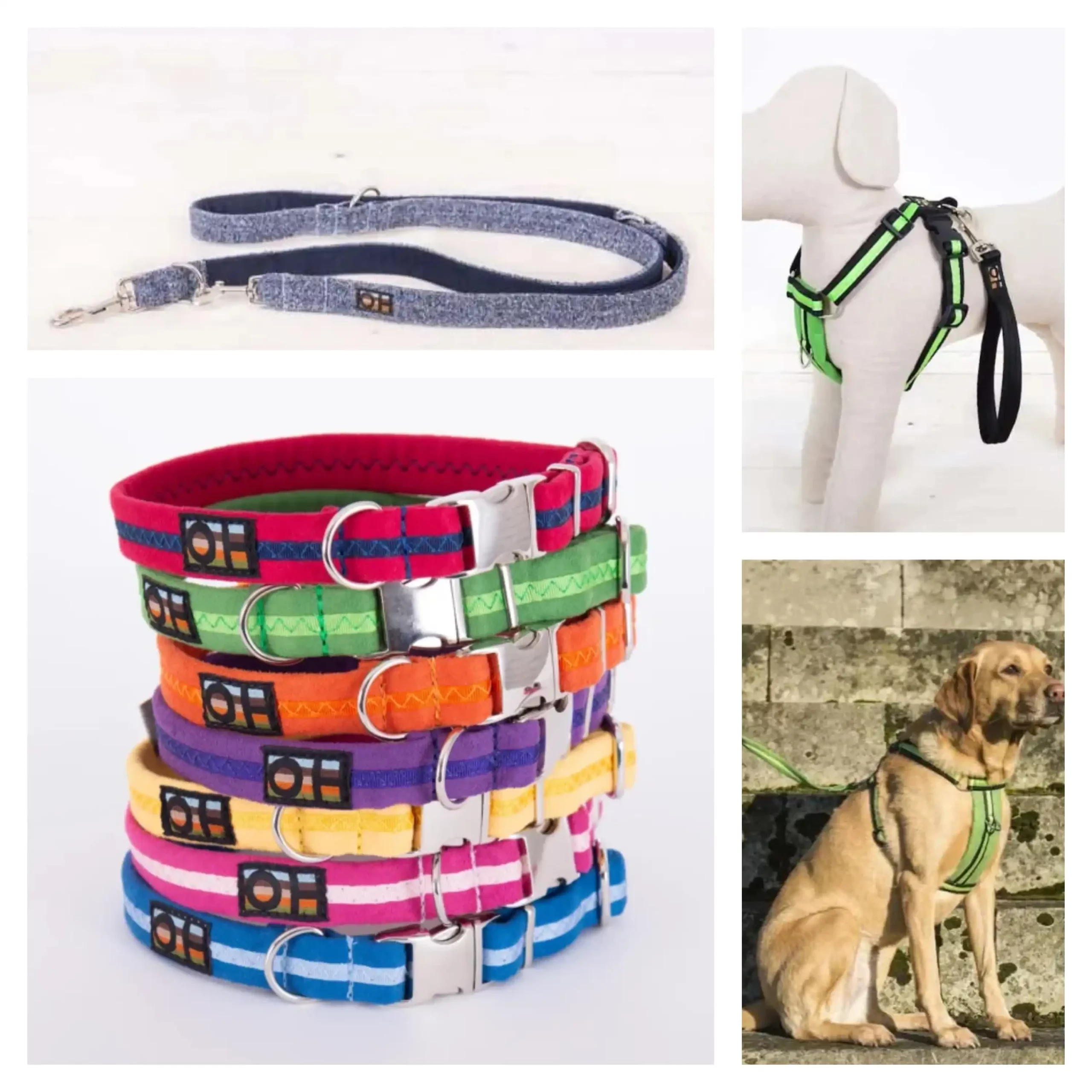
Oscar & Hooch Luxury Dog Accessories for Your Stylish Dogs
-



How to Use Puppy Training Pads Effectively
-



10 Cheapest Dog Training Pads for Tight Budgets
-



The Hidden Cost of Delaying Dog Training: Why Waiting Could Be Your Biggest Mistake
-



Feed the Beast Right: Why Pet Nutrition Isn’t Just Kibble and Luck
-


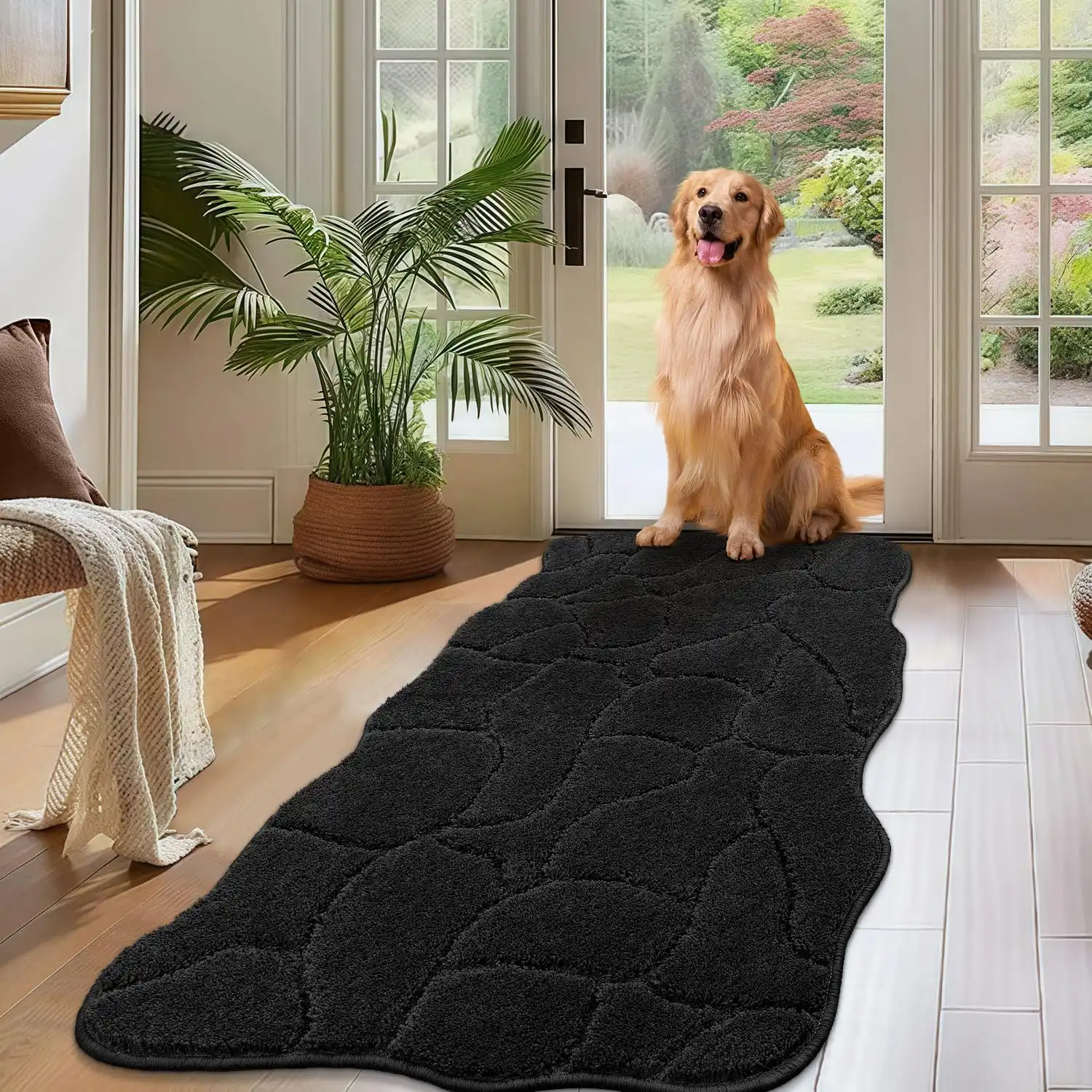
Large Dog Door Mat for Muddy Paws: A Must-Have for Pet Owners
-



Pet Euthanasia in Gilbert: Compassionate Care Options
-



Memorial Plaque for Dog: A Heartfelt Tribute to Your Pet
-



Alaskan Omega-3 Fish Oil for Dogs: Benefits & Top Picks
-



Creative Ways to Manage Leftover Puppy Pads at Home
-


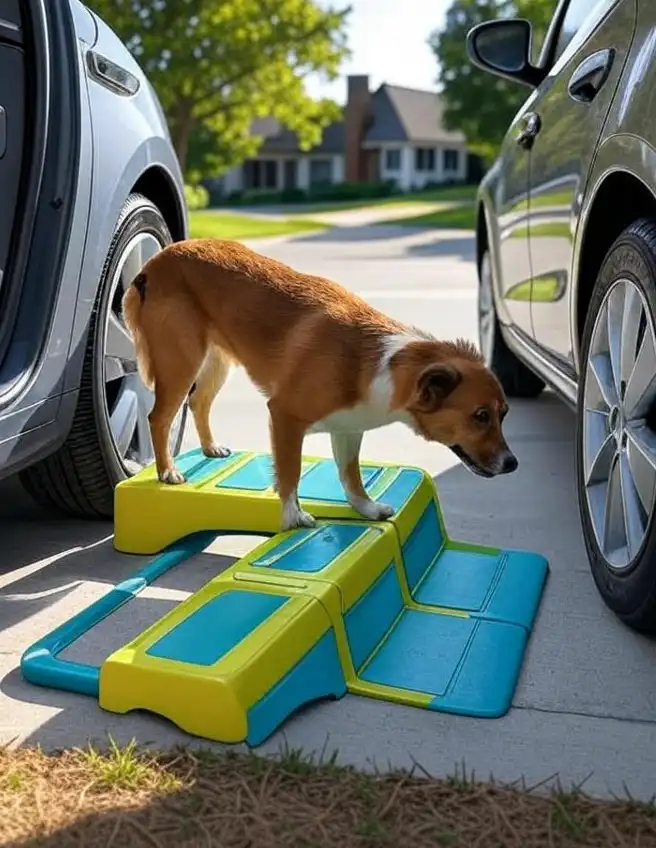
2025 Innovation Award: Dog Steps for Car by CreatureCops™
-



CollieBall: The Original Herding Ball Revolutionizing Play for Urban
-


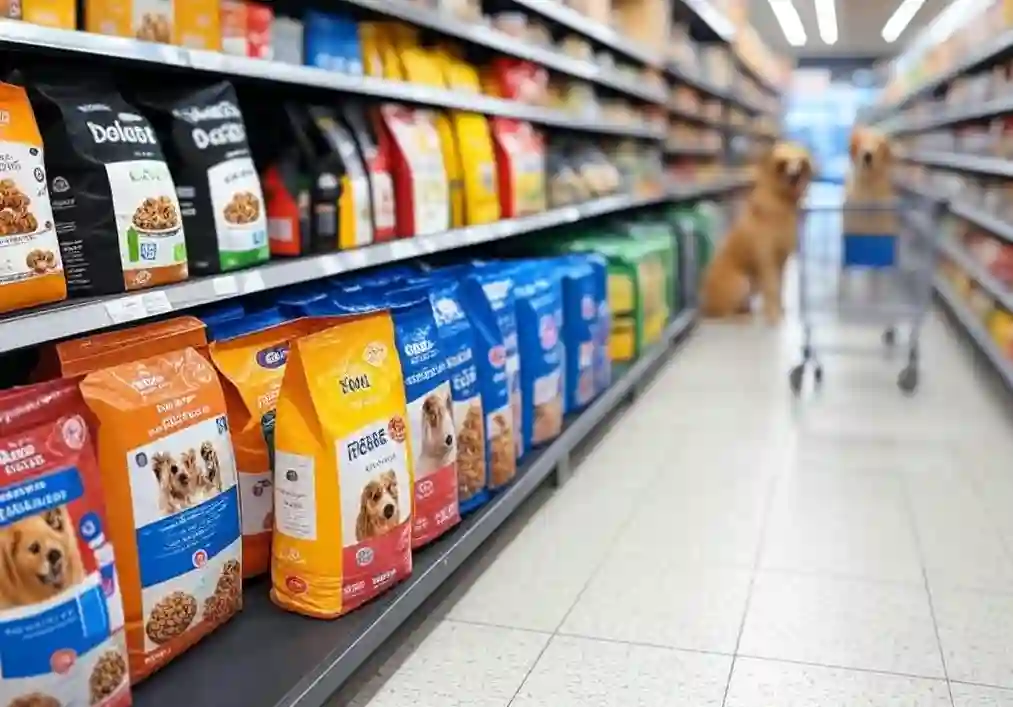
Finding the Best Dog Food Deals with Delicutu
-



Why Does My Dog Eat Grass and Vomit? Causes, Concerns, and Solutions

